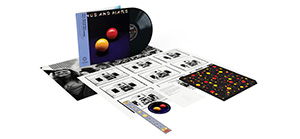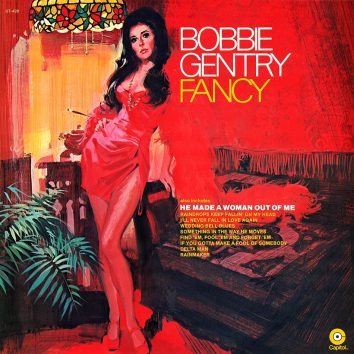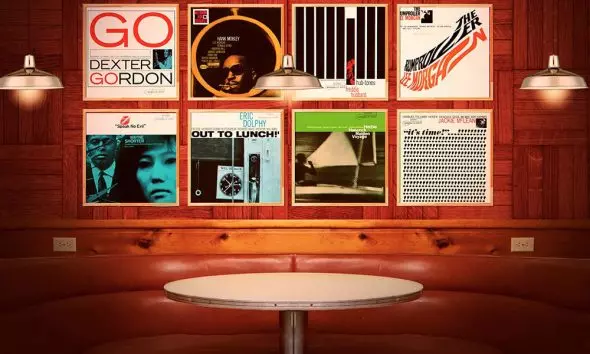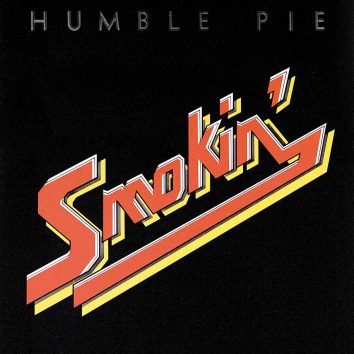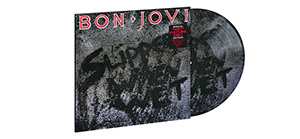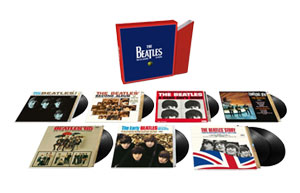‘Solid Air’: How John Martyn Made His Landmark Album
John Martyn’s fourth solo album was a heady mix of jazz and folk that remains one of his best-loved works.
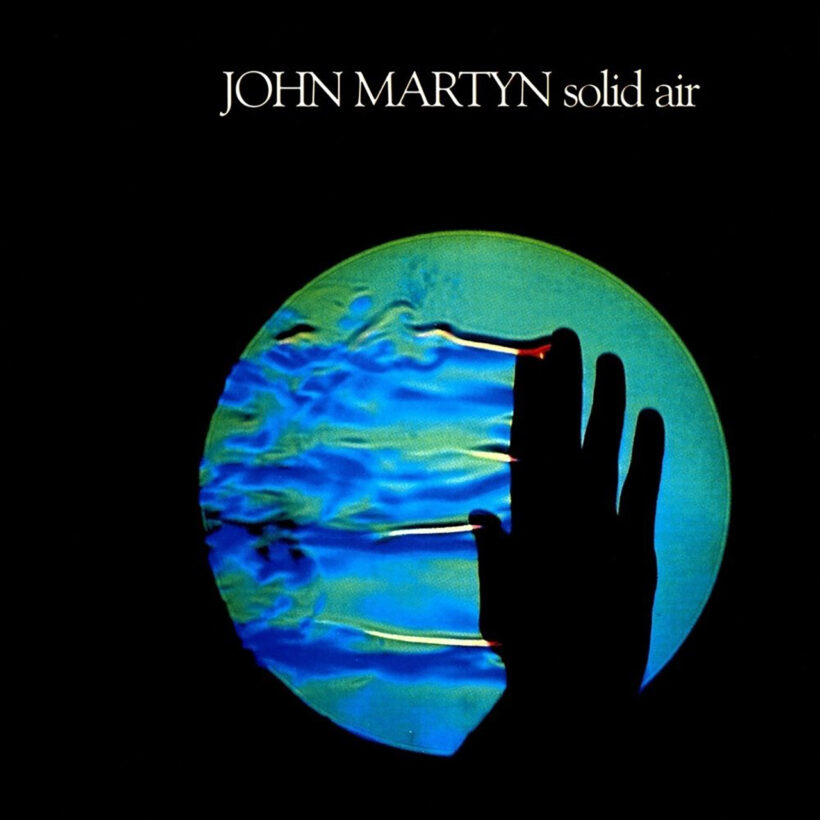
Released in February 1973, Solid Air is one of John Martyn’s greatest albums. It captures the point at which the British singer-songwriter’s love of jazz and his folk roots entwine, making for a spontaneous and mesmerising set aimed squarely at the heart.
Martyn’s love of jazz is one key to understanding the album. His fascination with the music began when he heard US tenor saxophonist Pharoah Sanders’ 1969 album Karma. “With Sanders it was different; beautiful, long notes but with breath and gurgling in between,” Martyn later told Mojo. “His tone blew my mind and he gave me a glimpse through a keyhole that I didn’t even know existed.” Martyn didn’t look back, as he told Guitar magazine in 1973, “My tastes have changed completely in the last two years. Now I listen to about five people: Joe Zawinul, Alice Coltrane, John Coltrane, Wayne Shorter, Chick Corea. That’s about it… I listen to almost nothing but jazz.”
Listen to John Martyn’s Solid Air now.
Martyn’s jazz immersion had a marked effect on his vocals. Perhaps frustrated with his lack of progress on the saxophone – he attempted to learn the instrument after hearing Sanders – he began to regard his voice as an instrument, using it to improvise and experiment with timbre, ad libs and timing. This took hold on Bless The Weather (1971), on which he worked for the first time with both Pentangle bassist Danny Thompson and producer John Wood while experimenting in the studio with the Echoplex, a tape delay unit which had become an invaluable part of his live set. Martyn’s increasingly adventurous vocals, relationship with these key collaborators and experimental spirit would all have a huge bearing on Solid Air.
Early sessions for the album were held at Island Records’ Basing Street Studios, Notting Hill, London, in September 1971. Details are sketchy but it’s thought that Martyn’s band included Paul Kossoff (lead guitar) of labelmates Free, along with John Bundrick (keyboards) who would join Free the following year. According to the sleevenotes of 2009’s Solid Air deluxe edition, Martyn wasn’t content with the way his songs were progressing, telling the band, “Let’s just leave it and come back to it, it’s not quite cohesive.” Despite this, a full band, Martyn-produced version of “May You Never” from the session was released as a single in November 1971.
This jaunty take suggests Martyn was correct to return to it for Solid Air. Its loping, reggae-influenced rhythm, ill-fitting sax solo and loosely double-tracked vocals detract from the quality of the melody, not to mention Martyn’s lyric. Written a week after Bless The Weather was completed, the song’s working title was “Close Brother,” an apt name for a deep appreciation of friendship. Though Martyn apparently struggled to show his feelings in person, in song he was generous and articulate, with his wishes for a friend (“May you never lay your head down, without a hand to hold/May you never make your bed out in the cold”) proving universal enough to resonate through the years.
Martyn clearly knew that the song was special and recorded multiple versions before arriving at the touchingly direct acoustic take released on Solid Air. John Wood later explained how it came to be: “John had never been happy with the version of ‘May You Never’ he had already recorded. Finally, with the album mixed, John was still swithering about this previous version. At around 2.00am, as a last resort, I suggested he go down into the studio with a guitar and just do it. He sat down at the back of the studio, recording it in one take, just a few hours before I was due to leave for New York.”
In July 1972, Martyn asked Wood to return on production duties. Interviewed for Graeme Thomson’s 2020 Martyn biography Small Hours, bassist Danny Thompson pinpointed what Wood brought to Martyn’s sound. “John trained in classical music, and he was really good at miking acoustic instruments, particularly. Somehow, he’d always get a better sound than another engineer. He did not like bullshit, he did not suffer fools. If something wasn’t right, he’d let you know, but he was fair, and his approach led to some fantastic results.”
Wood also thought highly of Thompson and was surprised by Martyn’s decision to change bassists for Solid Air. “John, keen to use fresh faces, booked a few players, including a bass player he was very enthusiastic about,” Wood wrote in the sleevenotes to the album’s 2000 reissue. “After the extraordinary rapport John had previously enjoyed with Danny Thompson I was puzzled by his choice and during the first night’s recording felt that he might have made a mistake.”
A twist of fate (not to mention an ankle) meant that the producer’s fears were short-lived. “In the course of the evening, I fell down the stairs at Sound Techniques,” Wood told Acoustic Techniques. “I think we got three nights booked, and we had to knock the next two out because I just couldn’t work. And luckily the bass player and drummer were [no longer] available, because we had to postpone it for three weeks or something… So I said, ‘Alright, we’ll get Danny.’”
Solid Air was recorded at Basing Street in late November through early December. Thompson’s fluid and exploratory bass playing was not only vital to the album’s sound, his lyrical style provided a foil for Martyn to play off against. “If you’re prepared to sit down and blow, you inspire other people around you, like I’m inspired by Danny Thompson,” Martyn told Guitar. “He really helps me to play, because he’s so sympathetic, so empathetic.” This was especially evident on the album’s title track. Thompson’s bass practically purrs, adding to the heady atmosphere conjured up by Tristan Fry on vibes and Tony Coe’s questing sax solo. Martyn reacted in inimitable style, soaring, slurring, and scatting his way through a vocal of extraordinary beauty and nuance. The raw emotion of the performance spoke of the lyrical inspiration – Martyn’s worries about the mental health of his friend Nick Drake. “Solid Air” is another example of Martyn doing his talking through song, acknowledging the seriousness of Drake’s condition (“You’ve been painting the blues, you’ve been looking through solid air”) and offering unconditional support (“I know you, I love you, and I can be your friend, I can follow you anywhere, even through solid air”).
“I’ve no idea if Nick was aware [that ‘Solid Air’ was about him],” Thompson said, when interviewed for Small Hours. “John would not be the kind of person to phone up Nick and say, ‘I’ve written this about you.” But the song allows the listener the freedom to hear how he feels about it. It’s very astute and tender. All John’s stuff is very personal. He didn’t make up fanciful stories; it was from the heart.”
While Martyn rarely gave himself credit, even he admitted the song’s quality. “Now ‘Solid Air’… I really like the title track,” he told ZigZag in April 1974. “It was done for a friend of mine, and it was done right with very clear motives, and I’m very pleased with it, for varying reasons. It’s got a very simple message, but you’ll have to work that one out for yourself.” Tragically, Drake was found dead at his parents’ home in Tanworth-in-Arden, Warwickshire, in November of that year after taking an overdose of amitriptyline, an antidepressant.
Another classic from Solid Air was inspired by Martyn’s home life. According to Martyn’s then-partner, singer-songwriter Beverley Martyn (with whom he’d made 1970’s excellent co-credited albums, Stormbringer! and The Road To Ruin), the hushed and brooding “Don’t Want To Know” was the result of a home session. “We were both writing, often together,” she told Mojo in 2013. “We wrote ‘Don’t Want To Know’ in that living room overlooking the sea. He’d get me playing, and he’d write down the lyrics as I was playing.”
Elsewhere, Solid Air represented a sonic playground, a place for musicians to play with the freedom that so inspired Martyn. “John’s sessions were like really long and extensive jams… then the engineer would put it all together,’ said Bundrick, who returned on keys. “Everyone would get to their instruments and we’d start playing, we’d just all join in, until all this stuff just started to gel. He didn’t ask anyone to play a certain thing.” That sense of spontaneity was felt deep in the grooves of the moody funk of “Dreams By The Sea”, while the sprawling “I’d Rather Be The Devil” continued the Echoplex experiments that Martyn began with Bless The Weather’s “Glistening Glyndebourne.”
The result was a landmark album that captured Martyn’s mercurial talent in full flow. While it might have not had immediate chart success – it eventually hit the UK Top 100 in 2009, when its deluxe reissue reached No 88 – it became a touchstone for generations of fans and musicians. “At the time, nobody cared about Solid Air,” Martyn told David Keenan in Scottish newspaper the Sunday Herald in 2000. “Nobody gave a f__k, but they’ve caught up at last.”




